So, you have been given a family heirloom that has a large blue center stone. Everything about this ring screams beauty. It’s karat gold, it has diamond trim, so naturally you would assume that the blue center stone is, well, natural. Plus, this ring was probably made in the 30’s so there’s no way that the center stone could be man-made, right?
WRONG! The first lab grown sapphire was actually made in 1873 using a method called flame fusion. Without getting into all of the scientific specifics, this method involves melting a very fine powder and then crystalizing the melted substance into a somewhat cylindrical mass! The cylindrical mass can then be cut and faceted just like other gemstones.
A synthetic sapphire is chemically the same as a natural sapphire (minus any inclusions that may have occurred while the natural sapphire was forming in the earth.) However, while lab grown diamonds are both chemically and optically the same as natural diamonds, we can usually tell visually if a sapphire is man-made! That’s due to the fact that sapphires are often MUCH more “included” than lab grown sapphires.
Now that I’ve piqued your interest, why don’t you bring in your stones? We have a phenomenal gemologist on staff who may be able to help you learn a little more about your jewelry!
Stay in the know,
Jewelry Girl

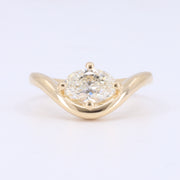
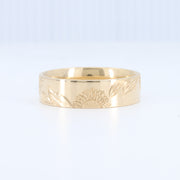
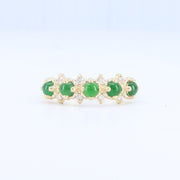
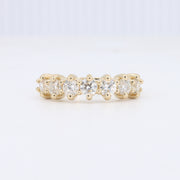
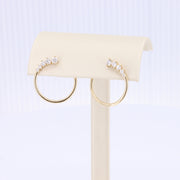


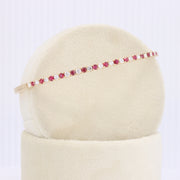
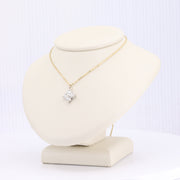
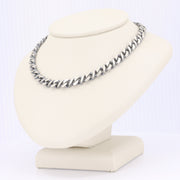
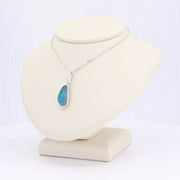

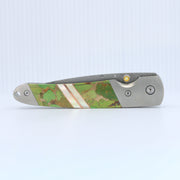

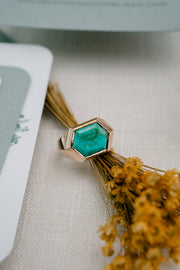



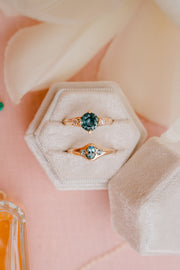




















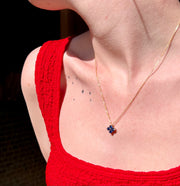


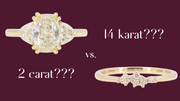

Leave a comment